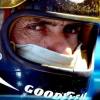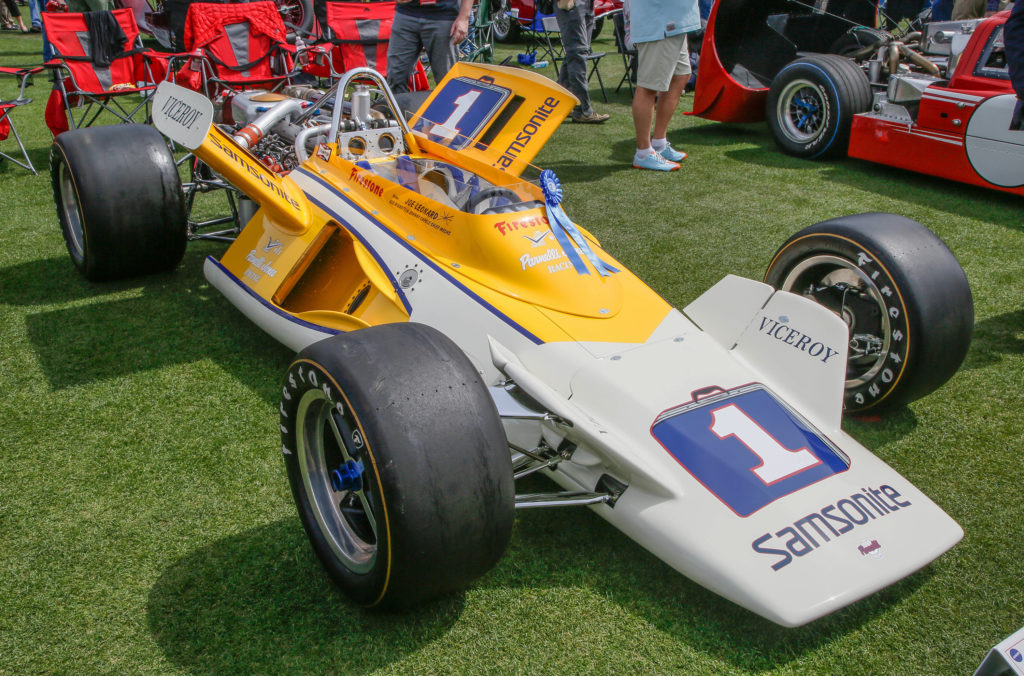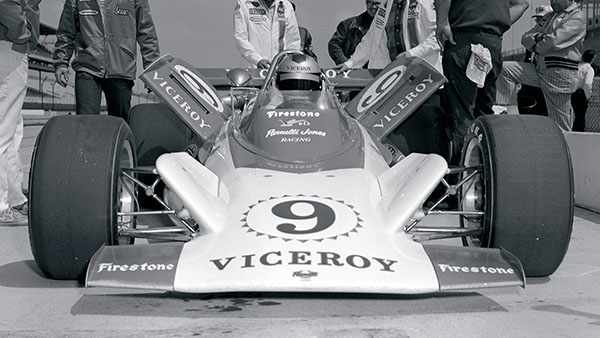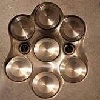Those dihedral wings and the whole concept look completely misjudged.
The angle of attack due to yawing of the car is continuously varying along the curve, from zero in entrance to zero at the exit, the arc of the curve where the effect can be fully exploited with fixed wings quite limited, overall along the curve the efficiency of the devices looks questionable. The difference of angle attack between internal and external wing is fixed, so the efficiency of one of the two – or, more likely, both – not optimal most of the time.
They also seem to add quite a lot of frontal area and the location right in front of the rear wheels add further drag due to the interaction, while an equivalent higher up horizontal rear wing would benefit of relatively smoother flow and not interact or very little with the rear wheels.
It’s an interesting concept to look at, but one of those that surely Philippe or any designer at the time would have realized it would have had a high probability of not working as wished (rather than expected), as the main ingredient would have been as a minimum the capability for the wings to move following the car motion along the curve (as in the Zenvo above) to work efficiently at close to the apex of the lift-angle of attack curve, and that would have meant movable devices.
All concepts that made a breakthrough – for example, low polar inertia of Forghieri, Chapman’s ground effect – took time (incubation, development, exploitation), while this seems a vague textbook idea thrown there with quite a bit of wishful thinking. Abandoned after the first couple of laps and never seen again, unsurprisingly.
The front end of the chassis with the raised support of the top arm is beautifully crafted, though. The restoration was illustrated on Historic Racing & Technology magazine, issue 20.























